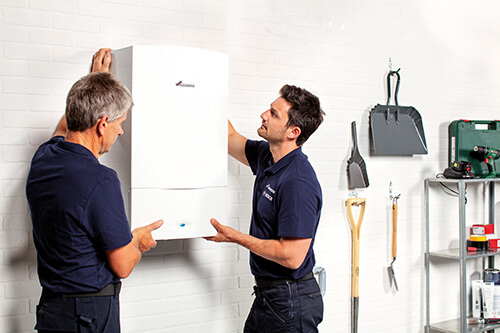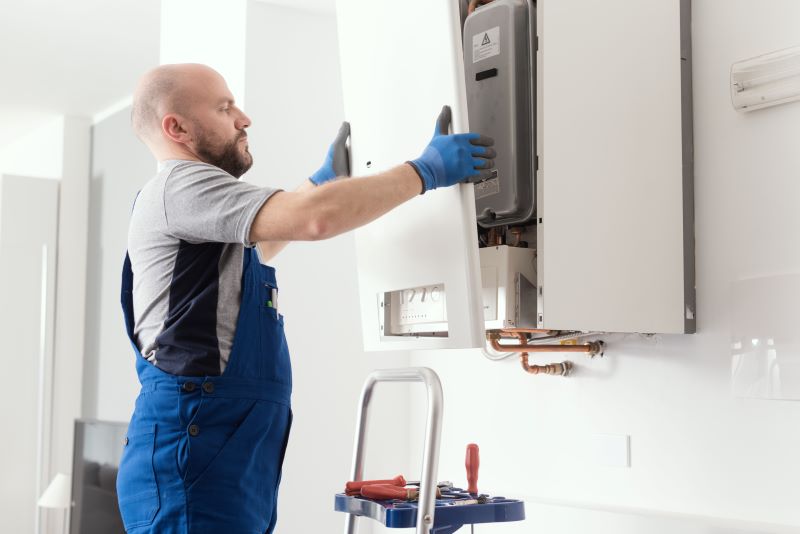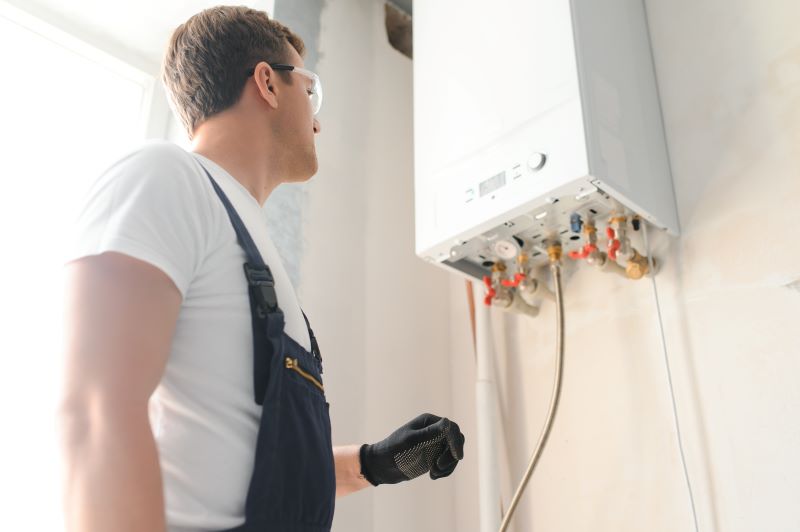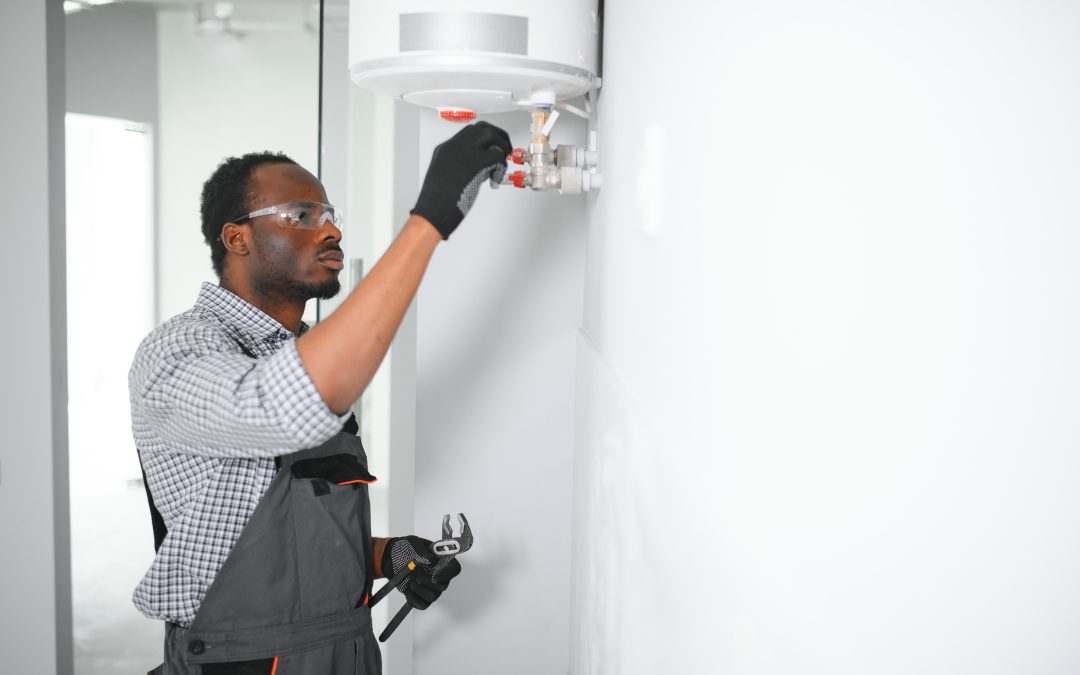Boiler installations are protected by stringent rules that ensure the work completed is safe and certifiable. Building regulations, despite the name, don’t just apply to construction. They govern the safety of installing new boilers and their energy efficiency. What are the building regulations for boiler installation, and how do you guarantee your work conforms to them?
Thank you for reading this post, don't forget to subscribe!Are Building Regulations Required for a Boiler Installation?
Building regulations apply to all boiler installations, and include requirements that are mostly accounted for by using a Gas Safe Register engineer (as you always should). By using a Gas Safe Register engineer, you know that you’re using a person who is authorised to certify their own work. You also ensure you’re calling on an individual who has the knowledge and experience required to do a good job and take care of the necessary administrative bits. Other types of boiler require engineers registered under a relevant Competent Person Scheme. The Building Regulations 2010 point to Approved Document J for many of the requirements surrounding the installation of a gas boiler. These include:
- Air supply: the boiler must be installed with an adequate supply of air to aid combustion, as well as preventing overheating
- Carbon monoxide warning: appropriate provisions need to be made to detect any carbon monoxide release and give warning, e.g. a carbon monoxide detector with an alarm
- Discharge of products of combustion: there needs to be an adequate way for gases and other discharge to escape into outside air (i.e. flues)
- Protection of building: everything needs to be installed in a way that minimises the risk of people being burned or causing fire by using a combustion device
Because these regulations cover ‘combustion devices’, some apply more to fireplaces and wood-burning stoves than modern boilers. Nevertheless, the document provides extensive guidance on the repair of flues, the minimum distances of flues from roof windows, the locations of storage tanks, and much more. These location guidelines apply to the boilers themselves, defining where you can have your boiler located. Most people will likely elect to put a new boiler in the same place as their existing one, often in the kitchen, an airing cupboard, or utility room. For a boiler to be in a compliant location, there must be enough space for an engineer to access the it as needed, with elbow room to work and remove the boiler if needed. The wall to which the boiler is fitted also needs to be strong enough to bear its weight, and be in a location that means easy access to the outside for flues to exhaust gases. Building regulations for boiler installation also stipulate that new gas boilers now must meet have an A rating for energy efficiency. This means that new gas boilers are almost entirely condensing-style boilers, which recapture heat from the water vapour included in exhaust gases. These boilers are built to run at a minimum of 92% ErP (energy-related products) efficiency. To get a certificate declaring your boiler installation as compliant with building regulations, all you need to do is use an installer from the Gas Safe Register who can report the work to your local authority. Once the appropriate people have been notified, you should receive your certificate within a couple of weeks. This certificate will be essential to hold on to if you ever sell your home or need to verify that work on your boiler was carried out by a competent professional.
Since when have Building Regulations applied?
Building regulations in the UK have arguably been around for some time. The London Building Act of 1667 was put into place following the Great Fire of London, which ravaged the city just the year before. The rules introduced in this act specified buildings more closely than ever before. Houses had to be built of brick (or stone), couldn’t use timber in certain ways, and had to be a specified number of storeys high. The London Building Act became a model that other cities and towns built their own rules on. Fast forward to the 20th century and the Building Regulations 1965 were introduced. This was the first set of national building standards that had to be followed. Additional acts have built upon this over the years, like the Building Act 1984 which empowered local authorities to enforce the rules in their respective areas. It also meant that prosecutions could follow non-compliant and dangerous building work. UK legislation in recent years has aimed more specifically at boilers and tried to refine and regulate how they are installed in homes:
- April 2005 saw a change in law that specified all new gas boiler installations and replacements had to be condensing boilers, aiming to improve energy efficiency and gas consumption.
- April 2018 saw ‘Boiler Plus’ legislation, which specified that all new boilers must have a 92% efficiency rating and must have time and temperature controls fitted.
- Changes to Part L building regulations mean more upcoming changes for boilers. By 2023, new builds must be fitted with low-carbon heating systems. Like much of the legislation before it, this does not retroactively affect existing gas boilers in homes.
As the demands for lower emissions increases and the UK looks for ways to keep its heating without producing as many carbon emissions, building regulations for boiler installations are most likely set to keep changing in the coming years.
Compliant Boiler Installation with Bumblebee
All of our engineers are on the Gas Safe Register, meaning our work is compliant and 100% safe. We always register your work before we call a job finished, meaning you have proof of your installation meeting building regulations. To learn more about our award-winning boiler installations, contact our friendly office staff today.




